5 OF THE BEST EXERCISES FOR THE GLUTES
Having strong and shapely glutes not only enhances your physical appearance but also plays a crucial role in overall lower-body strength and stability. The gluteal muscles, consisting of the gluteus maximus, gluteus medius, and gluteus minimus, are responsible for hip extension, abduction, and rotation.
To help you achieve your glute goals, we’ve compiled a list of five highly effective exercises that target and activate these muscles.
Incorporate these exercises into your workout routine to sculpt and strengthen your glutes.
Barbell squats
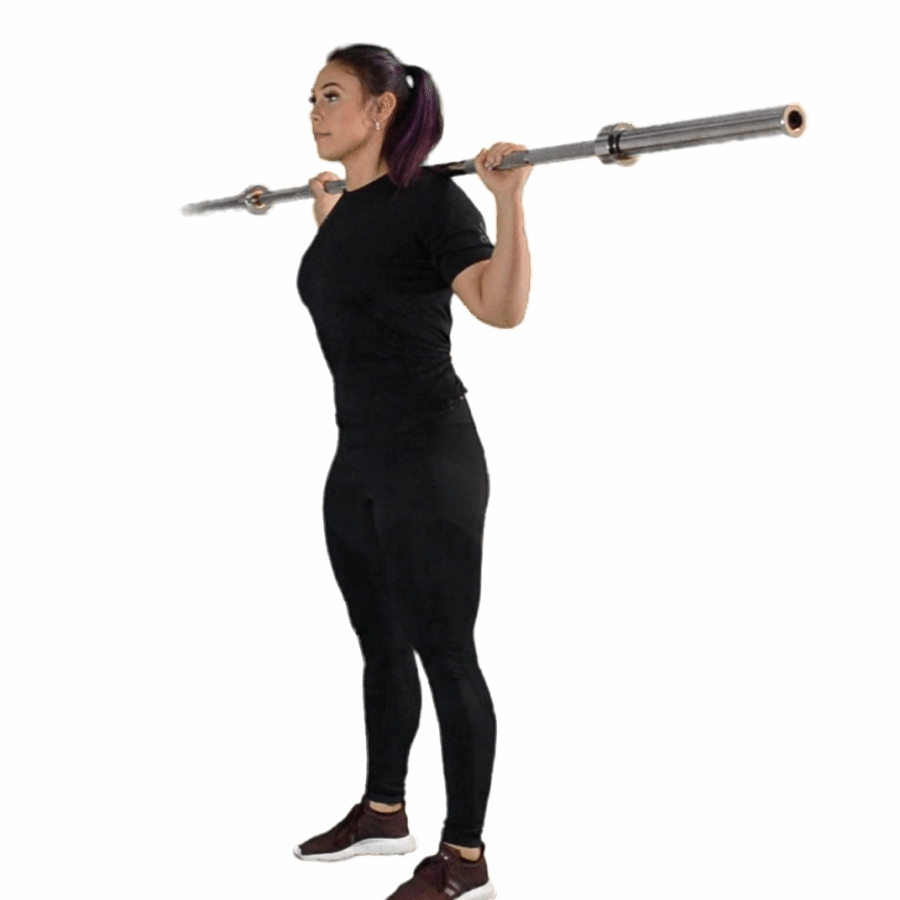
- To perform the squat, start by reaching under the bar on the rack so that it rests on your shoulders. Next, hold the bar firmly for balance, lift it off the rack, and then walk away a few steps. This gluteal exercise can be done with both feet flat on the floor or with your heels on a small low block to maintain balance.
- Maintaining the position with your head back and chest out with your back straight, bend your knees until your thighs are almost parallel to the floor. From this position, push yourself up using a hip thrust and return to the starting position.
Weighted lunges
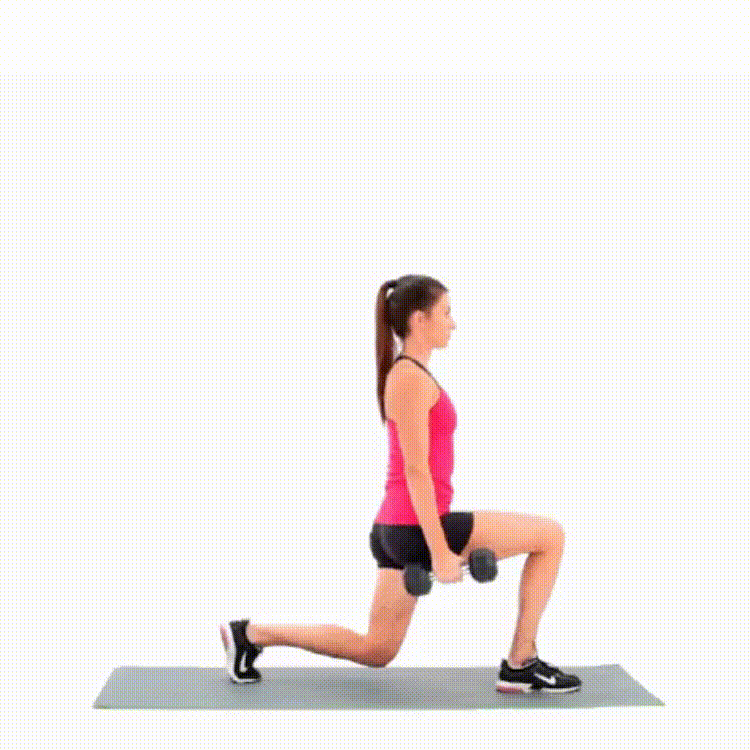
- Start by holding a barbell across your shoulders, or a dumbbell in each hand, while standing tall with your feet together. While keeping your head up and your back in a straight, natural position, with your head pushed out, step forward, bend your knees, and bring your back knees until they almost touch the floor. Make sure you take a long step so that your back leg is parallel to the ground.
- Return to the primary and starting position using a strong, fluid movement that brings the feet together again. Next, step forward with your alternate foot and repeat the movement again. You can finish a set with just one leg or using the reciprocating movement as above.
Standing leg curl
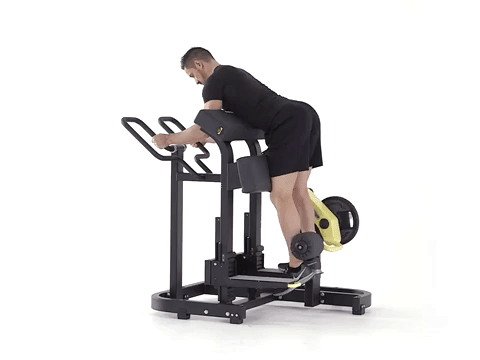
- Start by facing the machine and hook your heel under the padded levers. Stay firm and upright and raise your legs as high as you can. Release the weights and lower your leg back to the first position. Perform all the repetitions of your first set with one leg and perform another with the alternate leg. That’s a series, and then repeat.
- Make sure you perform each rep with a strict movement and in slow motion.
Straight leg raises
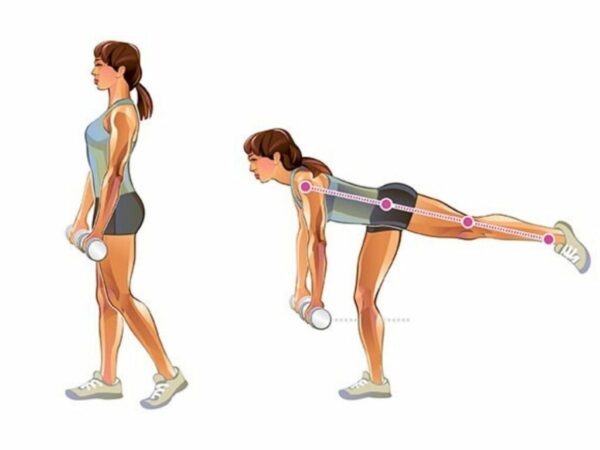
- Hold the dumbbell firmly in front of you using an overhead position while standing, with your feet together a few inches apart.
- Keeping your legs in the position and distance mentioned above, lean forward, keeping your back straight and in a naturally arched position until your upper body is almost parallel to the floor.
- Begin the next phase by straightening as you pull your shoulder blades back, maintaining the naturally arched position of your lower back to engage your lower back muscles.
Hack machine squats
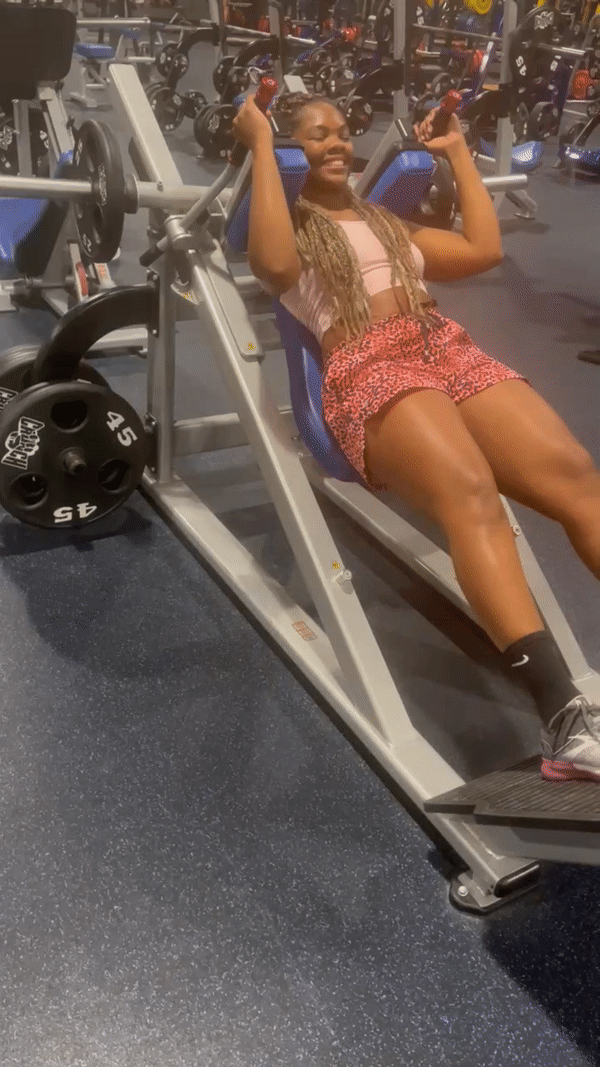
- This initial step of the exercise usually depends on the design of the hack squat machine. You can engage your trapezius muscles under the pad support or firmly grip the handles. Stand with your feet together and your toes slightly pointed.
- Begin the next step by pressing down using the control and balance of your legs and lifting the machine, stopping when your legs are in a fully locked position or in an extended position. Using this technique you ensure that there is constant tension in the legs and also in the glutes, bend your knees and lower yourself until your legs are almost bent in a lower position than when you perform your traditional squats. To make this movement strict, continue performing the lower phase of the exercise by lowering yourself to the lowest position you can.
- As you perform the last few reps of your set, lower yourself as you would with the point and conventional performance of this exercise but arch your back slightly and lift your hips off the machine making sure there are no locking positions in your legs. Performing this movement emphasizes the definition of the hamstrings and quadriceps, which produces greater definition of your lower body.